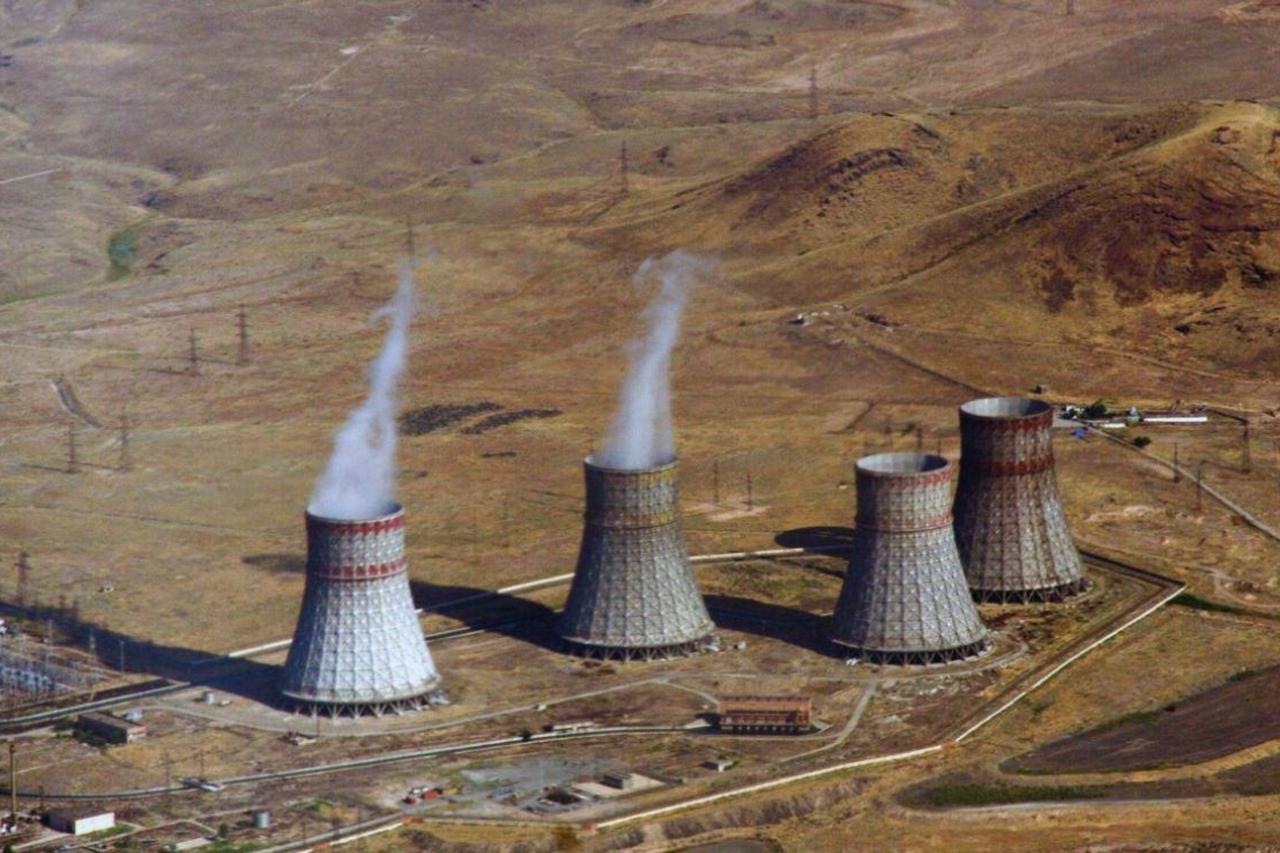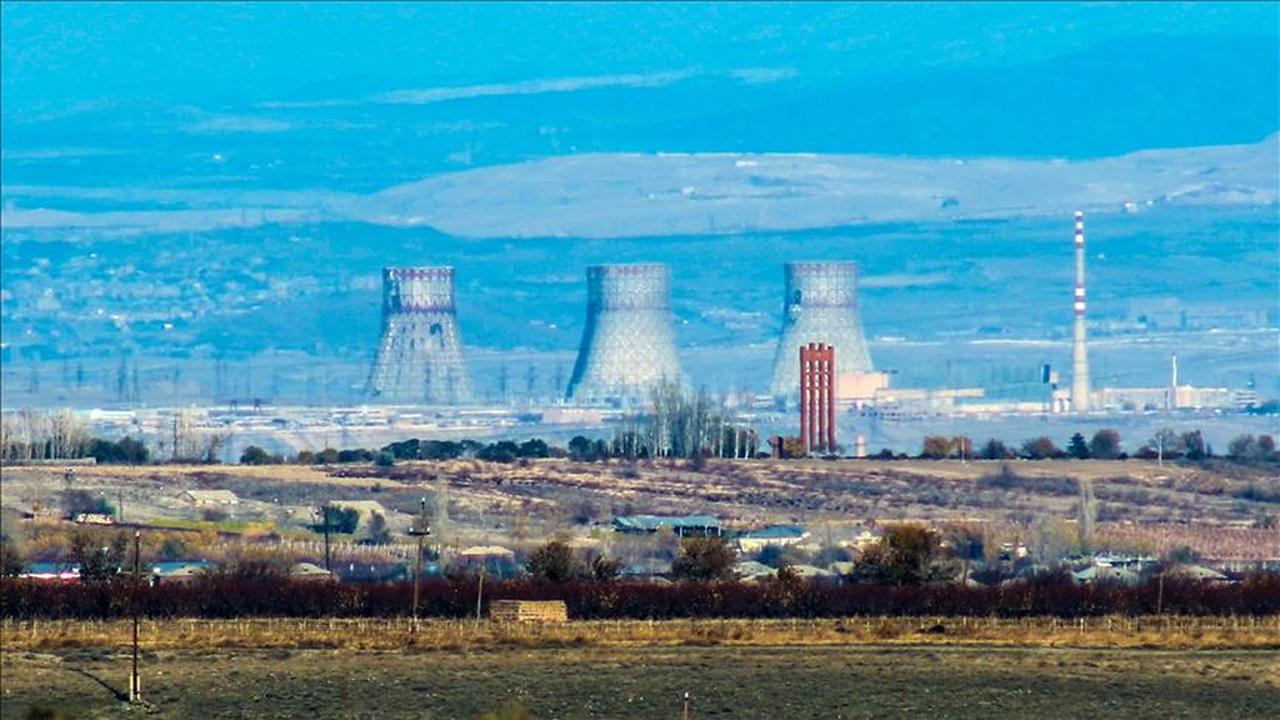
The Metsamor Nuclear Power Plant, a Soviet-era facility located just 10 miles from Türkiye’s eastern border, is drawing renewed alarm over the potential risk of a Chernobyl-like disaster.
Built in 1976 and situated in an active earthquake zone, the aging plant is widely viewed as one of the most vulnerable nuclear sites in the world.
With one reactor still in operation, Metsamor supplies around 40% of Armenia’s electricity. However, concerns persist over its outdated design, lack of modern containment systems, and proximity to seismic fault lines.
Experts have long warned that the Metsamor plant, constructed without a containment dome and using Soviet-era technology, is highly vulnerable to seismic activity. The facility was previously shut down for six years after the 1988 Spitak Earthquake but was restarted in 1995.
Dr. Peter Marko Tase, a regional analyst, described the facility as a “ticking nuclear time bomb” and a potential “Chernobyl in waiting,” citing its outdated infrastructure and location in an earthquake-prone zone.
“Its precarious operational activity represents a high risk of nuclear contamination,” he told British news outlet Daily Mail, warning of the potential for long-term soil, air, and water pollution across the region.

The parallels drawn to Chernobyl refer to the 1986 disaster in the former Soviet Union, when Reactor No. 4 at the Chernobyl Nuclear Power Plant in Ukraine exploded during a safety test. The explosion released vast amounts of radioactive material into the environment, forcing the evacuation of more than 160,000 residents and contaminating large parts of Ukraine, Belarus, and Russia.
Radioactive particles from the explosion also spread across much of Europe, with fallout detected as far as Scandinavia, the Balkans, and even the United Kingdom. The disaster prompted a reevaluation of nuclear safety protocols worldwide and exposed vulnerabilities in Soviet-era reactor designs.
To this day, a large exclusion zone surrounds the Chernobyl site, where radiation levels remain hazardous. The nearby town of Pripyat, once home to plant workers and their families, remains abandoned. Although some wildlife has returned to the area, the zone is expected to remain off-limits to permanent human habitation for generations.

Even prior to the Metsamor plant’s reopening, nuclear safety officials expressed deep concerns. In 1995, an adviser to the Armenian parliament’s environmental committee described the move as “very, very scary,” warning that an accident could “mean the end of Armenia.” At the time, Morris Rosen, an International Atomic Energy Agency official, also criticized the plant’s structural weaknesses and seismic location, stating, “You would never build a plant in that area, that’s for sure.”
Russia’s state nuclear agency, Rosatom, continues to support the plant’s operation and is expected to carry out a modernization project valued at over $65 million. However, experts have questioned whether Moscow will follow through with the agreement signed with the Armenian government in December 2023.
In 2019, Türkiye’s main opposition party, the Republican People’s Party (CHP), submitted a motion in parliament to investigate the potential cross-border risks posed by the Metsamor plant.
Turkish officials, along with the Azerbaijani government, have consistently opposed the plant’s operation, arguing that it fails to meet international safety standards. Concerns escalated after Armenia announced plans to extend the facility’s lifespan until 2026, drawing sharp criticism from Ankara.
Dr. Tase urged the United States and European Union to act swiftly to prevent a potential nuclear disaster, stressing the need to secure the plant’s infrastructure and work toward a safe decommissioning. “Metsamor might be the most serious threat to global security and stability,” he said.
Supporters of the plant argue that it was constructed on a stable basalt formation and has undergone safety upgrades over the years. However, critics maintain that its Soviet-era design, proximity to seismic fault lines, and reliance on Russian oversight make it a continuing risk not only to Armenia but to the broader Southern Caucasus and beyond.